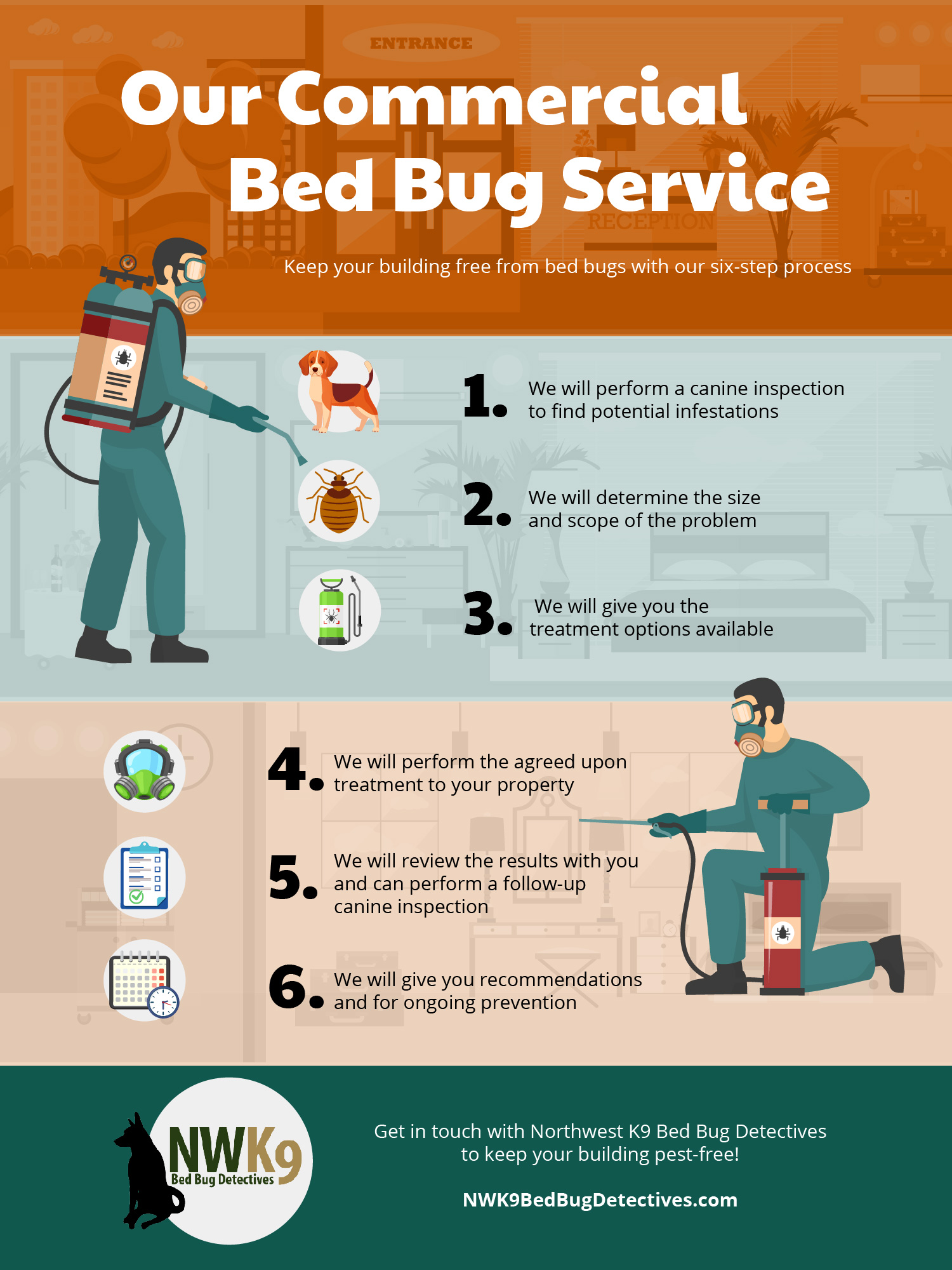The Ultimate Guide To Bed Bug Services
Table of ContentsBed Bug Services Fundamentals ExplainedThe 4-Minute Rule for Bed Bug ServicesThe Facts About Bed Bug Services UncoveredThe Basic Principles Of Bed Bug Services
An expert-conducted bed bug inspection is a meticulous process and requires specialized knowledge. Bed bugs are small, elusive, and adept at hiding that hide in narrow spaces, corners, and upholstery. Because of their stealthy behavior, detailed examination is necessary to determine the presence and extent of an infestation. Professional inspectors employ a range of techniques, tools, and expertise to locate pests effectively, preventing spread and further infestation.The first step in the inspection process involves understanding bed bug biology and behavior. Bed bugs belong to the Hemiptera group and experience multiple nymph stages before reaching adulthood. Adults are typically small, oval-shaped, reddish-brown, wingless, and equipped with long legs and antennae. Their mouthparts are designed to pierce skin and extract blood, resulting in clusters of itchy bites. Knowing these traits helps inspectors anticipate hiding spots.
Early detection is critical for preventing large infestations. Professionals carefully check for signs such as fresh droppings that resemble small ink dots, old stains, shed skins, eggs, or eggshells (Bed Bug Services). Female bed bugs are capable of laying hundreds of eggs, potentially causing full-blown infestations. Evidence of shed exoskeletons or leftover eggs indicates active infestation and demands thorough examination
Preparing for an inspection involves careful organization. Inspectors often suggest tidying up spaces to allow full access, which improves access to furniture and baseboards. Bedding and linens may be treated with heat before inspection, and then stored in sealed bags to prevent re-infestation. Wall decor, mirrors, and pictures may need to be removed to try this out check hiding places. Vacuuming furniture and floors may capture visible bugs and eggs, and vacuum bags should be discarded carefully to avoid spreading.
Getting The Bed Bug Services To Work
The inspection itself is systematic and thorough. Inspectors start with beds and adjacent furniture, looking closely at creases, joints, and folds. Upholstered furniture, including couches and chairs, is inspected thoroughly, including underneath and inside cushions. visit the site Baseboards, moldings, the edges of wall-to-wall carpeting, electrical outlets, closets, and storage areas are also included in the inspection, as these can be common harborage sites.
Specialized tools enhance detection accuracy. Flashlights, magnifying lenses, multi-tools, and mirrors help inspect hard-to-see areas. Monitoring devices like interceptor traps or sticky pads allow ongoing monitoring of pest activity. Some companies employ trained canines, which detect even small infestations, distinguishing them from non-active traces.

Meticulous documentation is a key component. Inspectors document all signs, infestation levels, and suggested measures. This ensures accountability and facilitates discussion with residents. Residents are often advised not to remove blood-stained sheets or vacuum infested areas, as this maintains inspection effectiveness.
After inspection, a monitoring plan may be implemented to verify infestations and observe trends. Continuous monitoring detects reinfestation, and asking residents about bites and sightings helps pinpoint problem areas. Cooperation from residents enhances detection.
Fascination About Bed Bug Services

Professional inspections provide confidence that infestations are correctly identified. Trained inspectors recognize early evidence of bed bugs, avoid unnecessary treatments, and give peace of mind.
Bed bug inspections are particularly important in places where infestations spread original site easily. Inspectors check neighboring rooms and shared spaces to confirm complete assessment (Bed Bug Services). This stops further spread
In summary, a professional bed bug inspection includes identifying the pest, readying the environment, inspecting meticulously, employing tools, maintaining records, and ongoing monitoring. Each step supports early detection, informs treatment, and reduces future risk.
The 5-Second Trick For Bed Bug Services
